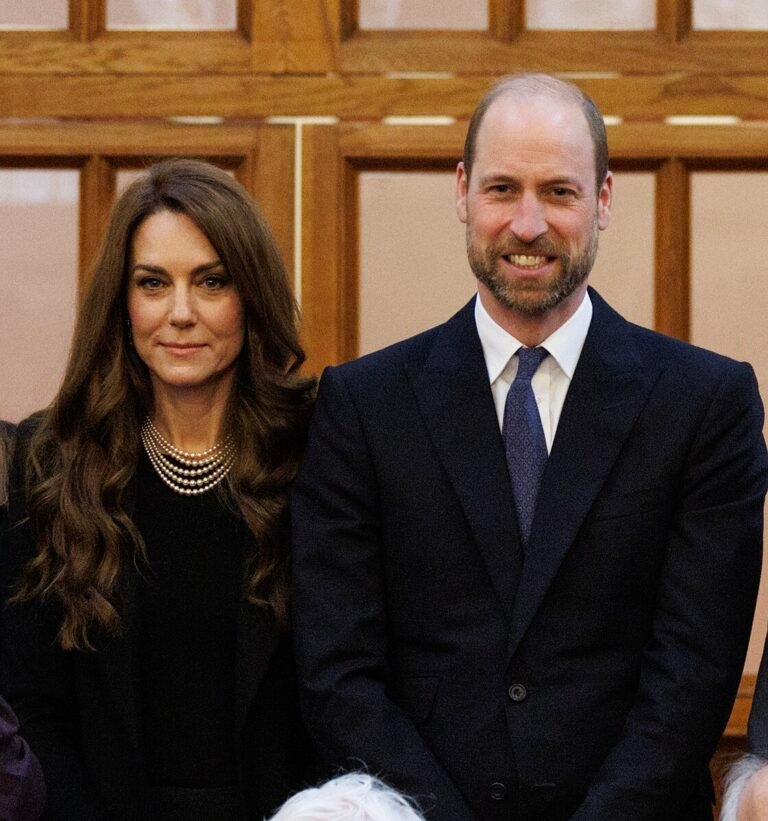A darker-colored ambush bug is better at snagging a mate than its brighter counterpart when it is chilly. Darker males can warm up more quickly in the early mornings, allowing them to become active while others are still warming up.
This is just one example of how temperature affects insect coloring and their ability to mate, as highlighted in a new review article published in the journal Ecology and Evolution.
However, scientists are still trying to determine how human-induced climate change, which is raising temperatures to unprecedented levels, will impact insects’ reproductive behaviors.
“On one hand, we might think insects are adapting to climate change, so we don’t have to worry about them,” said Mariella Herberstein, a behavioral ecologist at Macquarie University in Sydney, Australia, and one of the study’s authors.
“But then we could realize they might struggle to find each other because they’ve lost important identification colors necessary for mating.”
The prevailing theory among scientists, according to Herberstein, is that as temperatures rise, insects tend to produce less melanin pigment, resulting in lighter and brighter colors. Darker objects absorb more heat and warm up faster, while lighter objects reflect more heat and stay cooler longer.
For example, the wing colors of Mead’s sulphur butterflies in North America have lightened over time as temperatures increased, according to a 2016 study. From the 1980s to the 2000s, the two-spotted ladybug became less likely to be black with red spots, shifting to red with black spots. Similarly, the dark spots on the subarctic leaf beetle’s back have decreased with warmer springs.
However, Herberstein’s team found that the pattern is not always straightforward. A follow-up study on Mead’s sulphur butterflies, examining over 800 specimens collected between 1953 and 2013, showed that in some areas, their pale yellow wings actually became darker over time. Additionally, one species of walking stick insect and one species of planthopper became greener and darker as temperatures increased, according to a 2018 study.
“The mechanism isn’t so clear-cut – it’s confusing,” said Md Tangigul Haque, a PhD student at Macquarie University and one of the study’s authors. This complexity may be due to the limited data available and the similarity of studies focusing on similar insects in similar locations. Moreover, melanin has functions beyond heat absorption, including roles in immunological defenses and protection against ultraviolet radiation from the sun.
Color also plays a crucial role in attracting mates, camouflaging from predators or prey, and helping individuals of a species recognize each other. Rising temperatures could alter these functions. “If we’re affecting their reproduction, we’re seriously impacting their population viability,” said Herberstein. “It is just one of those pieces that we need to figure out.”
Understanding this issue could be key to determining how insects might cope with climate change, according to Michael Moore, an integrative biologist at the University of Colorado Denver. Moore, who was not involved in the latest research, observed in 2021 that male dragonflies were losing their wing color patterns in hotter climates, and he is investigating whether this affects their ability to find mates.
“One thing that really stands out to me is that there isn’t a one-size-fits-all rule,” said Moore. “We have a lot more work to do – we haven’t solved this one yet.”











